Super Cruise, Blue Cruise and More: Hands-Free Driving Systems Mean More Safety, Less Stress On the Road
Hands-free tech lets the car take over in certain situations. But how does it work, and can you scroll your phone while it does? What you need to know about Super Cruise, Blue Cruise and more.

The Path to Self-Driving Cars Starts Here.
I’ll be the first to admit: The idea of self-driving cars sounds cool, but the concept still terrifies me. I can’t help but picture a future sci-fi thriller starring Tom Cruise (somehow fitter than ever in his 70s) about a society where the cars are in charge because we’ve given them way too much power. I can hear Tom’s voice on the trailer now: “Am I driving this car or… is the car driving… ME?”
But that’s just how my worry-prone and overly imaginative brain works.
We still have a long way to go before cars become completely autonomous — or self-driving — but hands-free technology has become increasingly available. With this tech, drivers can (sometimes) take their hands off the wheel and let the car do the hard work of braking, accelerating, changing lanes and even parking. But in every hands-free driving option currently available, drivers are still required to maintain their focus on the road, so if your plan is to kick back, relax and scroll your social media feed, think again.
Whether you think letting cars take over the driving experience is a good thing or a bad thing, there’s no denying that automakers have made impressive strides with these features in recent years. But the burning question remains: Is it safe?
Here’s what you need to know.
Related: The Future of Driving: 10 Technologies You Need in Your Next New Car

Self-Driving Cars: Learn Your Autonomous Driving Levels
If you claim to have a self-driving car, you might want to check that statement. According to J.D. Power, there are six degrees of autonomous driving, ranging from 0 (no self-driving) to 5 (full driving automation).
- Level 1: Driver Assistance. Levels 1 and 2 offer some degree of driver assistance, but they also require “an active and engaged driver” who remains alert and can take control of the car at any point necessary. For Level 1, adaptive cruise control is a good example. Technically, the car is taking some control by reducing speed and maintaining a safe following distance from the car in front of you. But staying centered in the lane is still your job.
- Level 2: Partial Driving Automation. If a car offers either adaptive cruise control or lane-keep assist, it can be classified as Level 1. If it offers both, that qualifies as Level 2 because now it’s helping you steer, accelerate and brake. In fact, most of the “self-driving” cars on the road today are still just at Level 2 — but Level 3 is coming very soon!
- Level 3: Conditional Driving Automation. The jump from Level 2 to Level 3 is significant because now you go from driver-supported features to automated driving features, meaning the car will actually make decisions based on driving situations.
“People inside the vehicle do not need to supervise the technology, which means they can engage in other activities,” J.D. Power explains. “However, a human driver must be present, alert, and able to take control of the vehicle at any time, especially in the case of an emergency due to system failure.”
- Level 4: High Driving Automation. Level 4 driving automation is high-driving automation that doesn’t require any human intervention at all. In fact, a Level 4 self-driving car may not have any pedals or a steering wheel at all! A car equipped with this level of self-driving would be safe to nap in while commuting around.
- Level 5: Full Driving Automation. Finally, there’s Level 5 driving, which is full driving automation. This level isn’t affected by the weather or geographical inhibitions. All you have to do is set your destination and bam! You’re done.
As you can see, there’s still a long road ahead before we see self-driving cars on the streets. In the meantime, here’s a look at a few manufacturers that offer Level 2—and (almost) Level 3—autonomous driving features.
Related: Future Cars That are Electric, Self-Driving, and as Customizable as Legos? Kia Is Building It!
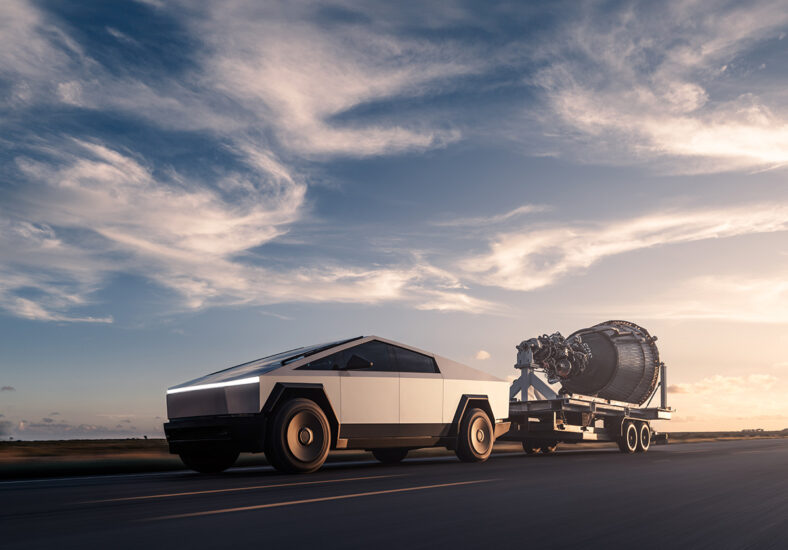
Tesla Autopilot
One of the most well-known self-driving (ish) systems out there is Tesla’s Autopilot advanced driver assistance system, which comes standard in every new Tesla. And if you’re a little confused about what Autopilot is, that’s understandable. Tesla actually uses three different advanced driver assistance systems: Autopilot, Enhanced Autopilot and Full Self-Driving (FSD). (Again, don’t let the name confuse you on that last one. Remember — we don’t have fully self-driving cars just yet!)
Autopilot has two functions: Traffic-Aware Cruise Control (or, you know, adaptive cruise control) and Autosteer (or what we common folk call “lane-keep assist”).
Enhanced Autopilot includes the same features as Autopilot but adds lane changing and parking to the mix.
Finally, the Full Self-Driving capability (which is a little bit of a misnomer) does all of that, plus it autosteers in city streets and can identify and respond to traffic signs and signals.
One caveat with these features? They’re not hands-free. Tesla explicitly states that the driver’s hands must be on the wheel and they need to be “prepared to take over at any moment.”
Now, about that elephant in the room… Tesla has something to say about all those reports of people crashing cars with the Autopilot system engaged.
“In the 4th quarter of 2022, we recorded one crash for every 4.85 million miles driven in which drivers were using Autopilot technology,” their website states. “For drivers who were not using Autopilot technology, we recorded one crash for every 1.40 million miles driven.”
That’s their polite way of saying, “Our system still drives better than you do.”
Related: What’s the Tesla Cybertruck All About? I Took a Spin to Find Out

Ford BlueCruise
When the display turns blue, that’s Ford BlueCruise’s way of telling you it’s safe to take your hands off the wheel. Ford is proud of the fact that their BlueCruise driving assistance system received high praise recently from Consumer Reports. Among the 17 systems tested, BlueCruise was ranked No. 1 for its performance, ease of use, ability to keep the driver engaged, clear indication of when it was safe to use and how it responds to an unresponsive driver.
Ford BlueCruise is available on a few select trims of certain Ford models, including the Explorer, Mustang Mach-E, F-150, F-150 Lightning and Expedition.
Read More: I Bought the Chevy Equinox EV After I Reviewed It
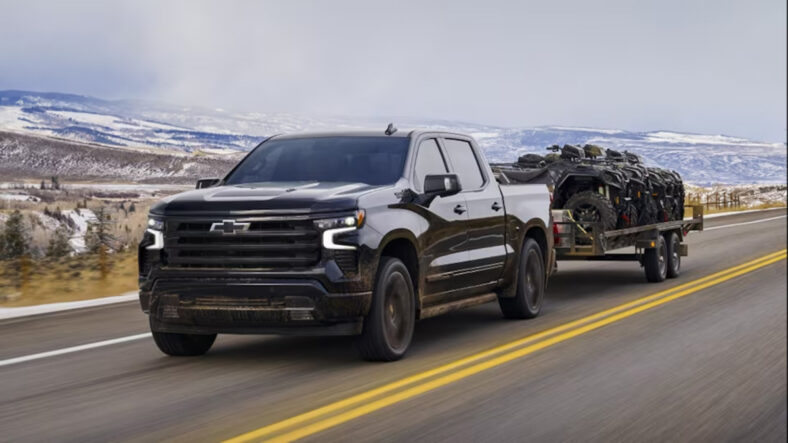
GM Super Cruise
Ford may have gotten better marks from Consumer Reports, but GM is quick to point out that its Super Cruise hands-free driving technology can do a few things that BlueCruise can’t. In addition to on-demand lane changes, a driver attention system and a driver-facing camera, Super Cruise adds trailering and automatic lane changes to its functions, which sets it apart from several other hands-free systems.
Super Cruise is currently available on select Cadillac, Chevrolet, GMC and Buick vehicles.
Related: Fresh, Clean, Inspired: 2025 Buick Enclave 3-Row SUV First Look
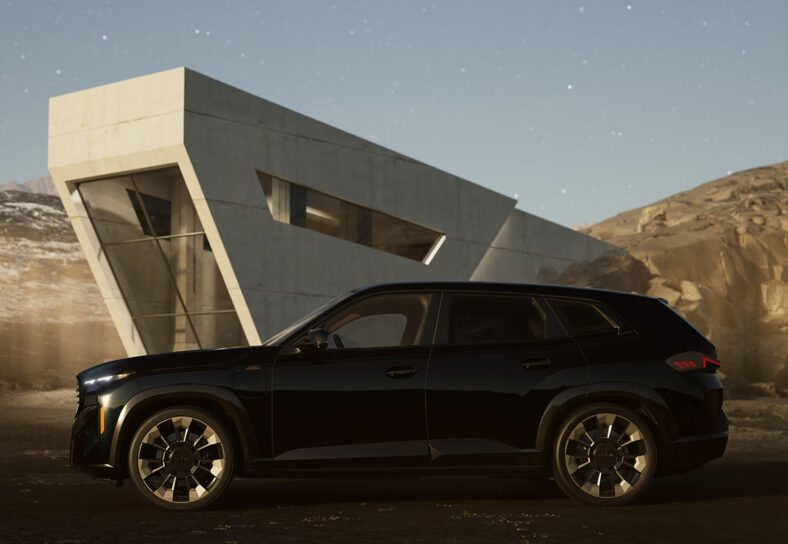
BMW Highway Assistant
With BMW Highway Assistant, you’re free to let go of the wheel and let the car steer itself once you get the “Assist Plus” message on the gauge cluster. This hands-free driving technology can even suggest lane changes, which you can confirm by glancing at the appropriate side mirror.
The car uses radar and sensors to detect road conditions while keeping an infrared camera on the driver to detect their responsiveness. If your eyes wander and it’s clear you’re not paying attention, the BMW will send out an auditory warning within six seconds.
Highway Assistant is currently part of an optional Driving Assistance Professional Package, which you can get on the iX, 5 Series, 7 Series, X5, X6 (but not M Competition models) and X7. It comes standard on the XM.
Read More: The Chevy Silverado EV May Be the Most Incredible Pickup Truck Ever
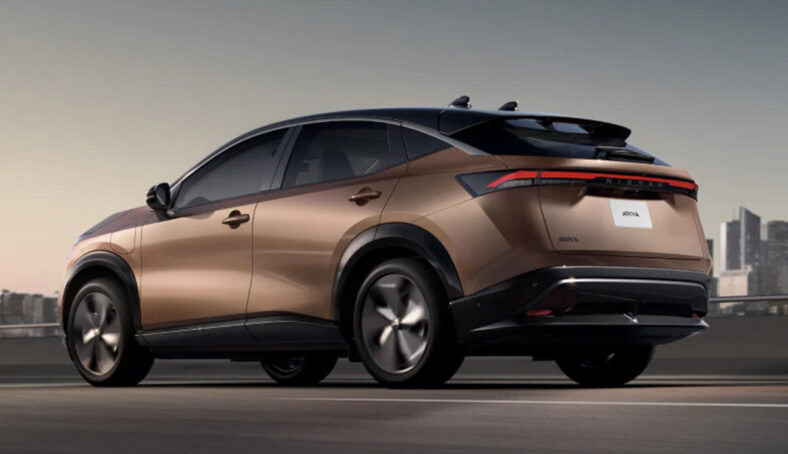
Nissan ProPilot Assist 2.0
When you’re on a compatible road, the Nissan ProPilot Assist 2.0 lets you take your hands off the wheel and your feet off the pedals while the car steers, accelerates and brakes for you. It can help you navigate lane changes, too, but for that you’ll need to put your hands back on the wheel. Regular ProPilot Assist does not include a hands-free feature.
The Nissan Ariya is the first U.S. model to offer ProPilot Assist 2.0.

Mercedes-Benz Drive Pilot
Here’s where things get really interesting. Mercedes-Benz is currently the only automaker that offers a Level 3 autonomous driving system — but it’s only available in California and Nevada at the time of this writing and only on their S-Class and EQS sedan.
Much like the other advanced driver assistance systems on this list, Drive Pilot will take care of all of the braking and accelerating for you when conditions are met on the road. What makes this system slightly different is that drivers don’t have to keep their eyes on the road. In fact, they can even play games or watch videos on the car’s central display!
Once again, though, there’s still no snoozing on this job. Even though the car gives you more freedom to relax, you still have to be able to take over and assume control if needed. If the car senses that you’re not alert enough to do so, it’ll wait 10 seconds before disengaging the system, turning on your hazard lights and slowly bringing the car to a standstill. So don’t get too comfy.
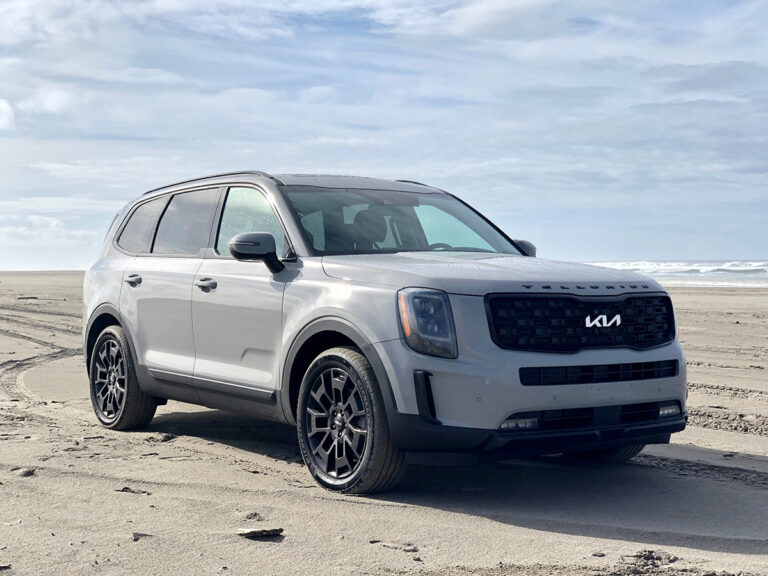
Significantly Reduce Your Traffic Jam Stress
For my part, I personally love the Highway Driving Assist 2 feature on my Kia Telluride. After a tiring day, I love that I can just engage my Telluride’s adaptive cruise control feature with lane centering and basically let it do most of the slogging on a long and boring drive home. Of course, I still have to keep my eyes on the road and my hands on the wheel (if you don’t, the Kia chides you via the driver display). But it’s a comfort to know that I don’t have to worry about modulating the gas pedal or veering into the other lane.
For me, this level of self-driving feels like just the right amount of hands-free driving. I’m still in charge, but I’m delegating some of the menial, repetitive tasks to the car while I focus on just keeping my eyes on the road. I can feel my stress level ebb as soon as the system engages.
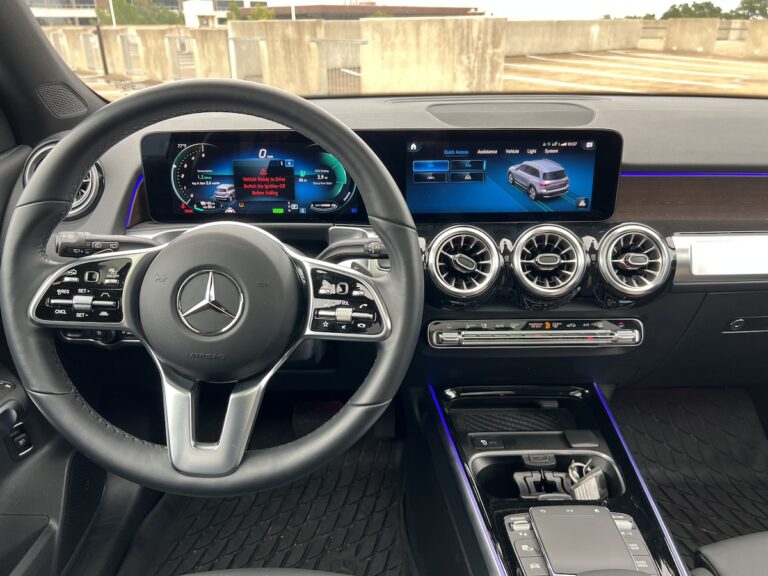
Things to Keep In Mind About Hands-Free Driving
Most of these systems require compatible roads and specific road and weather conditions in order to function properly. Each system has an emergency stopping procedure if the driver fails to engage with the car when needed, but it varies for each manufacturer. It’s always a good idea to consult your Owner’s Manual for everything you need to know before using your car’s available hands-free technology.
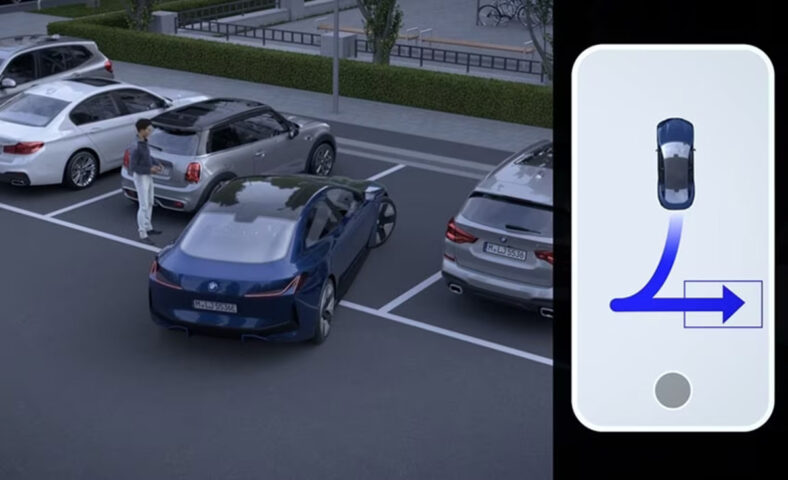
How Will Hands-Free Driving Technology Affect the Future?
Hands-free, fully automated driving has potentially far-reaching effects beyond simply providing some momentary convenience. The National Highway Traffic Safety Administration outlines a few possible benefits, including:
- Mobility. Self-driving cars could transform the lives of seniors and those with disabilities. Those of us who stress about aging parents (who really shouldn’t be) driving could take great comfort in knowing that their car can transport them to and from the doctor’s office or the grocery store with no trouble.
- Economic and Social Benefits. The NHTSA estimates that motor vehicle crashes cost billions of dollars per year. Reducing the risk of human error on the roads could save not just money but lives.
- Environmental Benefits. If there were more abundant automated ride-sharing and shuttle fleets, there’d be less pollution and cleaner air.
- Efficiency and Convenience. Did you know that Americans spend billions of hours in traffic delays each year? An automated driving system could help address that issue and save fuel costs, reduce emissions and ultimately increase your time with your family.
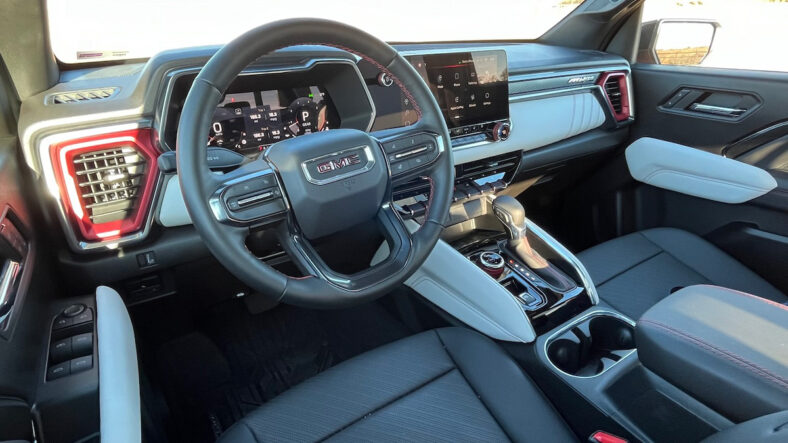
But Are Self-Driving Cars Safe?
That, indeed, indeed is the million-dollar question. At this point, everything about fully self-driving cars is pure conjecture because they just don’t exist yet. But if you ask the NHTSA, automated vehicles “have the potential to reduce crashes, prevent injuries, and save lives.” That’s largely due to their ability to detect a threat of a crash and react faster than drivers, the administration says.
Ultimately, safety is the goal. As for whether or not this technology will prove to be safer than driver-operated cars, only time will tell.
If not… at least we’ll have that Tom Cruise blockbuster to look forward to someday.
Have a thought or comment? Share it with us on social media! You can find us on Instagram, Facebook, Twitter and LinkedIn. And be sure to sign up for our email newsletter!
More About:Car Technology
